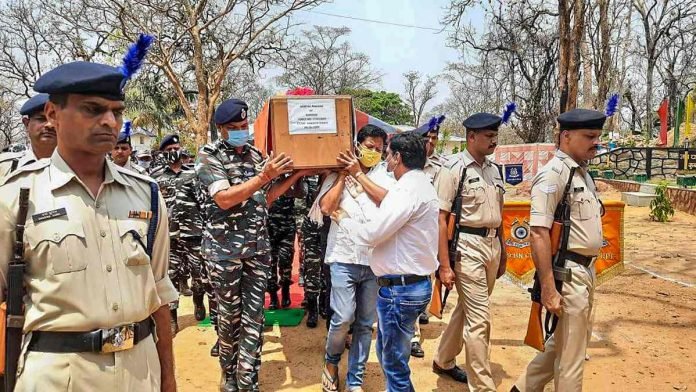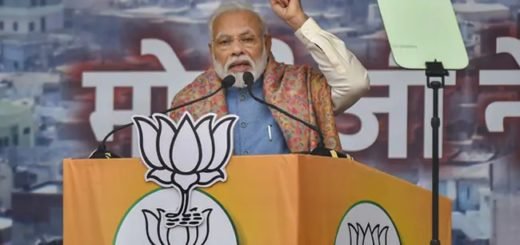What triggered the Naxalite Mission failure: Intelligence versus Equipment?

The Naxalite insurgency has been a domestic ‘terror’ problem post-independence as the new government came up with new structures to abolish the British Zamindari system and thereby eliminating most of the intermediaries disrupting the tenancy and did not bring about actual reforms that the Act had promised to do. The Naxal movement arose as a response to that—inspired by Mao Zedong’s People Revolution only to install a people’s government through a democratic revolution. However, such an alien political uprising was for long ignored by previous governments as anarchy; a mechanism to disrupt the peaceful process of state-building. The Naxalite problem in the country has been intensifying since the 1970s as more social injustice and economic disparity started to grow within various groups. The tribal people were the worst affected, given the little recognition they were entitled to. The movement which intensified into an element for domestic terrorism, to date remains unaddressed. A mission carried out by the forces of the Indian military in Chhattisgarh on the night of 2nd April 2021 stood ambushed, sending a wave of shock and anguish to the nation.
The mission saw the participation of various combat forces joining together to carry out a comprehensive battle against the Maoist insurgency. These forces included personnel from the Special Task Force, District Force of Chhattisgarh Police, elite members of the Commando Battalion for Resolute Action (COBRA) and the Central Reserve Police Force (CRPF). Despite the planning that went into making this team, they were trapped and attacked by the Naxalites in a gunshot battle that had claimed the lives of 21 personnel so far, and more than dozens injured. Statements collected from injured military personnel from the hospital, who are yet recovering from the ambush mentioned that it was supposed to be one of the greatest missions ever conducted against the insurgents. The teams were divided and stationed at two districts namely Alipuda and Jonaguda, which was relatively into the deeper trenches of the forest. It was only upon their return to the camps when they were ambushed and attacked. The Naxalites had already emptied the places which were set as targets and attacked them off guard. One of the injured personnel witnessed them using heavy arms which were highly sophisticated. They were surrounded by all sides leaving little choice for them to escape—some found their way back to the camps and others were martyred.
The ambush has yet again brought the efficacy of the Indian Government into the limelight. Even after receiving concrete details of the Naxals’ whereabouts from the State Intelligence Bureau about their plans, the ambush puts the burden on these state mechanisms to understand what possibly went wrong? The mission had 1,000 plus personnel stationed for this and yet they could not battle with the Naxalites.
They had ample time to catch the force off guard and completely disrupt the mission with very little time and room for the personnel to escape. A senior officer posted at one of the training camps mentioned, “We need serious thought based on a deep consideration of Maoist tactics and our own; not knee-jerk response and ill-planned operations,” So does that imply that this mission was not planned with long-term tactics? Over time, the government expenditure on tackling the insurgency has increased with all modernized equipment and intelligence services around the area. Post-2013 Naxal attack, the vigilantism was doubled, but then again, the recent attack brings one to the juncture to ponder on whether the government is acting enough. The government so far has failed to instil faith among its people and the growing menace in Chhattisgarh’s inner districts provide substance to it. The mission has a lot to be scrutinized, given the failure raises concerns over equipment versus intelligence. It is not new that the Naxals have exposed themselves to the maximum use of IEDs.
The post-Sukma Naxal attack, there has been an outpour of condolence messages for the families of the bereaved. The Turkish Foreign Ministry was quick to respond to the attack. Home Minister Amit Shah responded that the Indian military forces will prepare for a befitting reply to the insurgents, while Indian President Ram Nath Kovind expressed his anguish over the attack. India’s Naxalite problem has been for long an element of anarchy and this attack provides imperative to develop better systems with sound intelligence. It is to the dismay of the people of India and also to the military personnel trained for this mission as to how the Naxals were so overpowered that it completely ambushed the attack. As a befitting response awaits, India’s realization towards its domestic misfits is highly anticipated and called for.


















